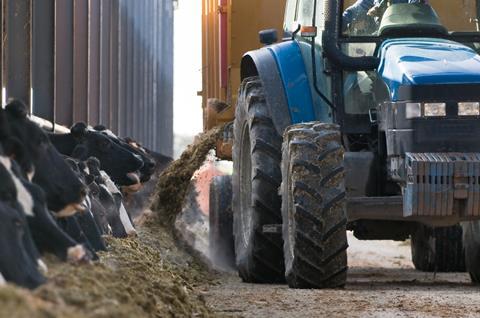
Technology has been touted as the key to reducing agricultural emissions. Some promising technological aids are on the horizon, such as methane inhibitors and green hydrogen.
The biggest gains to be made now, however, are not in technological silver bullets, but in improving efficiency through refining current methods and bringing once niche practices, such as regenerative agriculture, into the mainstream.
With over 190,000 farms across the UK, agriculture is a highly fragmented industry. Processors and retailers will be most concerned with their own supply chains, but the beef supply chain illustrates why a narrow view of what matters can be problematic.
Most processors buy their beef from a small number of finishers – large farmers who buy cattle from lots of other typically smaller farmers, or breeder stores, to prepare them for slaughter. Without the strong flow of data between the breeder stores and finishers – especially the kill sheets that provide key slaughter data – and a good understanding of the optimum cattle specification, inefficiencies are guaranteed. For example, the carbon footprint of beef from an animal slaughtered at 700 days is 30%-40% higher than from one slaughtered at 520 days.
Support needed to overcome challenges
Despite the complexity and trade-offs, it is reassuring to see so many processors and retailers taking their Scope 3 emissions seriously. Motivations for this may vary. For some, it is meeting or getting ahead of consumer expectations. For others, it is ESG performance to keep investors on side and the supply chain resilient to increasing climate-driven pressures.
Whatever the motivation, there is a serious groundswell of interest and investment moving into agriculture.
With that in mind, we need to ensure the reach down into the supply chain – into famously independent, proud and often family-run businesses – is done right and sensitively, with practical knowledge and pragmatism.
It means understanding the often hyper-local context. For example, why sowing clover on one farm would be advantageous but on another farm a few miles away, it may be a fool’s errand. It means being sensitive to the significant practical and cognitive changes required to transition to the new normal.
We need to provide the necessary support to overcome challenges. We also need to consider the financial and time pressures thrown up by this wide range of regulatory, market and environmental pressures for what are, by most other industry standards, small and micro-businesses.
Tackling agricultural emissions
It is essential to recognise that farmers are not passive in this process – they too want to chart a course to a positive and sustainable future.
Tackling agricultural emissions is daunting, but for businesses large or small, it cannot be overlooked. Having worked with a wide range of food supply chain businesses to understand their agricultural Scope 3 emissions and put in place practical measures to reduce them, our advice is to not let the perfect be the enemy of the good.
Start by accepting, accounting for, and acknowledging the limitations in your data.
Do a broad scale analysis of your Scope 3 emissions, and once you have identified the greatest potential gains, do a more detailed carbon footprint in line with accepted and credible standards. Align your work with your available budget for action and ensure you have an appropriately grounded implementation plan. Take your marketing team along with you, so they really understand what is happening and can accurately represent it.
And crucially, take into account the practical realities of agriculture as well as the theory of emissions modelling.







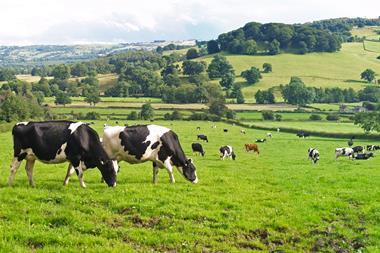
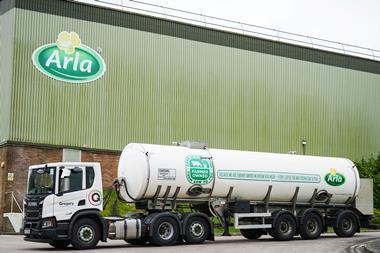
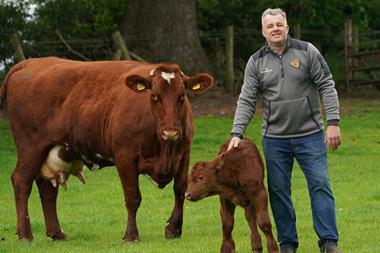
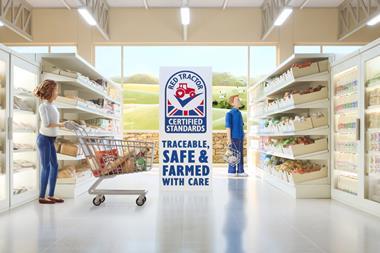








No comments yet